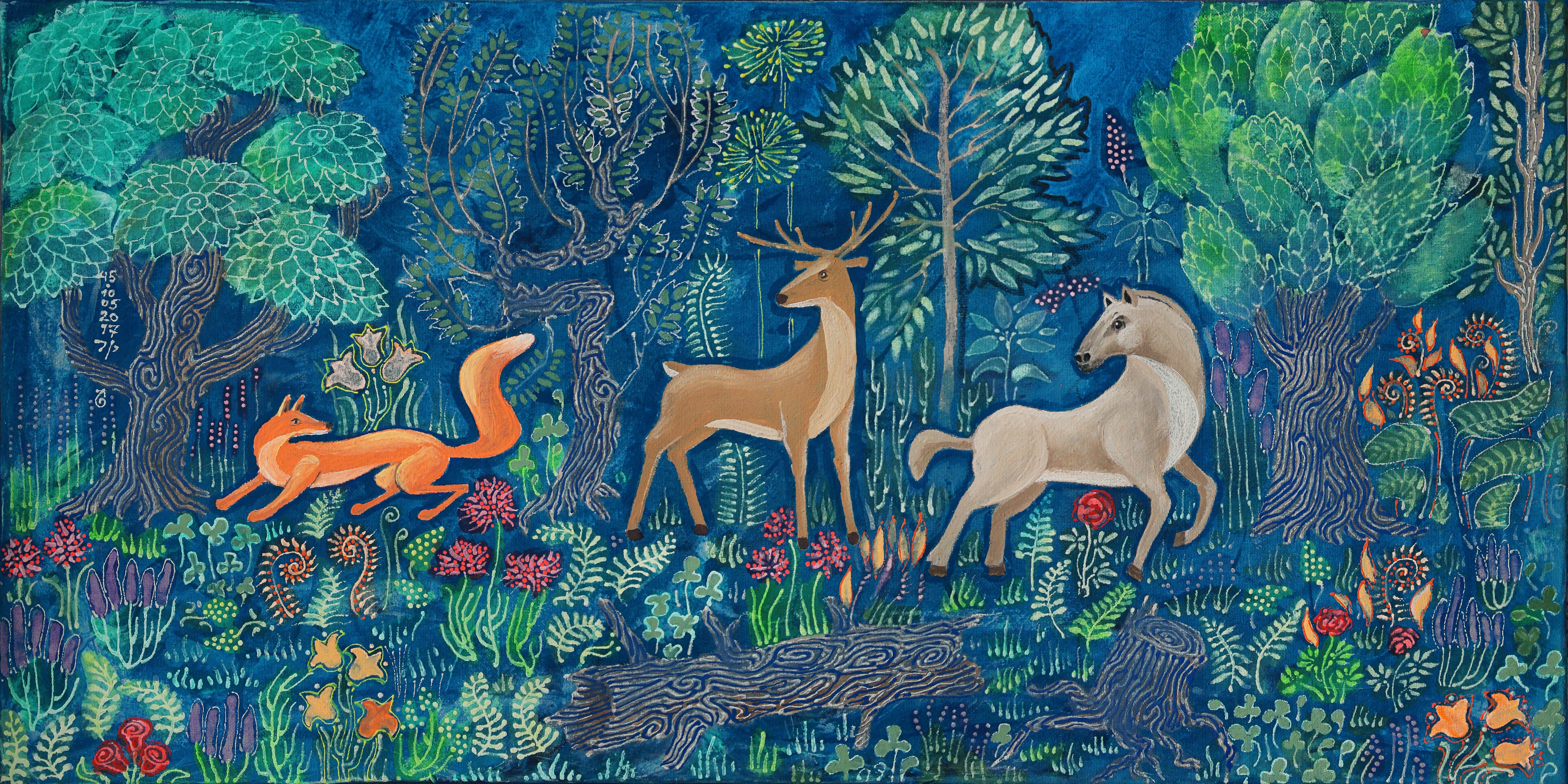Today, all of us are content creators – whether you are a business leader or a teenager. Our reputations, our enterprises, our causes are all affected by what we put out there. In communicating to our audience, we want our feed/reels to be memorable. So, how can we tell impactful stories in a way that is salient to one and all?
Stories speak to what is fundamentally human in us. Remember those childhood bed-time rituals with one’s head in your nana’s lap, slowly falling into a slumber as she narrated another of her nightly tales? It is still the most reminiscent childhood memory for many.
My nana regaled me with stories of her own childhood. Sometimes she would tell me fairy/ mythological tales of heroes at war and kings in courts. She drew out worlds that filled my imagination and I would literally live in them as she told her story. I was drawn into that magical space in which I was not merely a listener but also an involved participant.
Today, I find myself tethered to a different bedtime routine – scrolling mindlessly through instagram and reels. No longer do I soar on flights of imagination. Instead, I consume pre-gurgitated digital content in a numb way. After all these years, I remember even the minor details of my nana’s stories. Yet, with gram stories, they often don’t seem to register in my consciousness enough to recall them even just ten mins later.
What, I wondered was the magic in my grandmother’s stories? How can I bottle it and add a dash of to my own storytelling? Here is what I found when I delved deeper that I am now embracing as principles for my own stories.
1. Creating a full sensory experience
The more of our senses involved in an experience, the more we engage with it and remember it. My grandmother’s stories would evoke the sounds and smells of the places she described. It was never just the story but the sensory details – the ‘masala’ she added. She would give commands in the hoarse voice of the king. The walk down the castle corridors would involve elaborate descriptions of the tapestry, the scents that lingered in the halls. She took elements familiar to my daily rhythms and added them into the story sometimes. So, I have not just an auditory memory of her stories but a visual and olfactory one as well.
When we create stories, it is important to use this principle. The more we can ‘show’ not ‘tell’ by adding elements that engage more senses, the richer our stories. The embellishments with which a story is narrated- annotations, visual descriptions, facial expressions, images of beauty and grandiose add value to the linear narrative. Instagram allows us to add music, stickers, GIFs – utilise these to enhance your viewer’s experience of your tale.
2. Keeping it a two-way street
Sometimes I heard the same story again and again. I am sure we all did. But my grandmother would pause multiple times in her storytelling and pose questions to me about some detail or ask me what I thought of the situation. This created a conversation that was two-sided. It demanded my continuous engagement with the narrative and gave her a sense of whether I still was interested and intrigued or just sleepy. These small interludes also made me think and reflect vs just keeping me entertained. If you have ever reminded your grandmother about that part she forgot or missed to mention, then you know the feeling. How do I dialogue with my audience in an Instagram story? Encourage people to share their reactions and comments. By enabling Q&A’s or polls, quizzes and stickers, avatars, reaction-emojis, our stories get to facilitate and strengthen a network of virtual bonds.
3. Adding new elements
I have heard the same story repeatedly from my nana and yet never got bored of them. I realise now that she would add little details that felt novel. One day it would be the splendor of Sita’s wedding saree or a detailed description of the forest with its many animals and trees. As a child, my interest was piqued by these new details even if I knew exactly where the story would end. They created bursts of joy.
A fresh and novel idea not only helps to imprint a vivid image onto the visual cortex and stimulates the brain cells but also stirs up different perspectives. Use this principle on your reels. Your story doesn’t need to be new. But the embellishments need to pique interest. Think about setting, how you use props, etc. to add interesting elements to your videos.
4. Keeping it personal
I think of the stories as pieces of my grandmother, infused with her own perspectives, opinions, attitudes. She would often go on tangents in the middle of a story – to describe something of her own childhood it had reminded her of. When you create content, bring a little of your own personality, your perspective to it. That makes it uniquely you and authenticity resonates with the audience.
Of course our own experiences shape us. But it is the narratives we tell about them that shape our personalities. And it can be the stories that we share that can help transform our perspectives of the world. As we put out content, think about how our grandparents’ stories informed, inspired and influenced us and how those impressions remained deep in our minds. Let’s use that sense of imagination and connection as we bring our stories to the world.
About the Author:
Tanvi Tikekar is a Content Writer , graduated with a bachelor’s degree in Psychology and literature from St. Xaviers College, Mumbai , a storyteller and dreamer.
